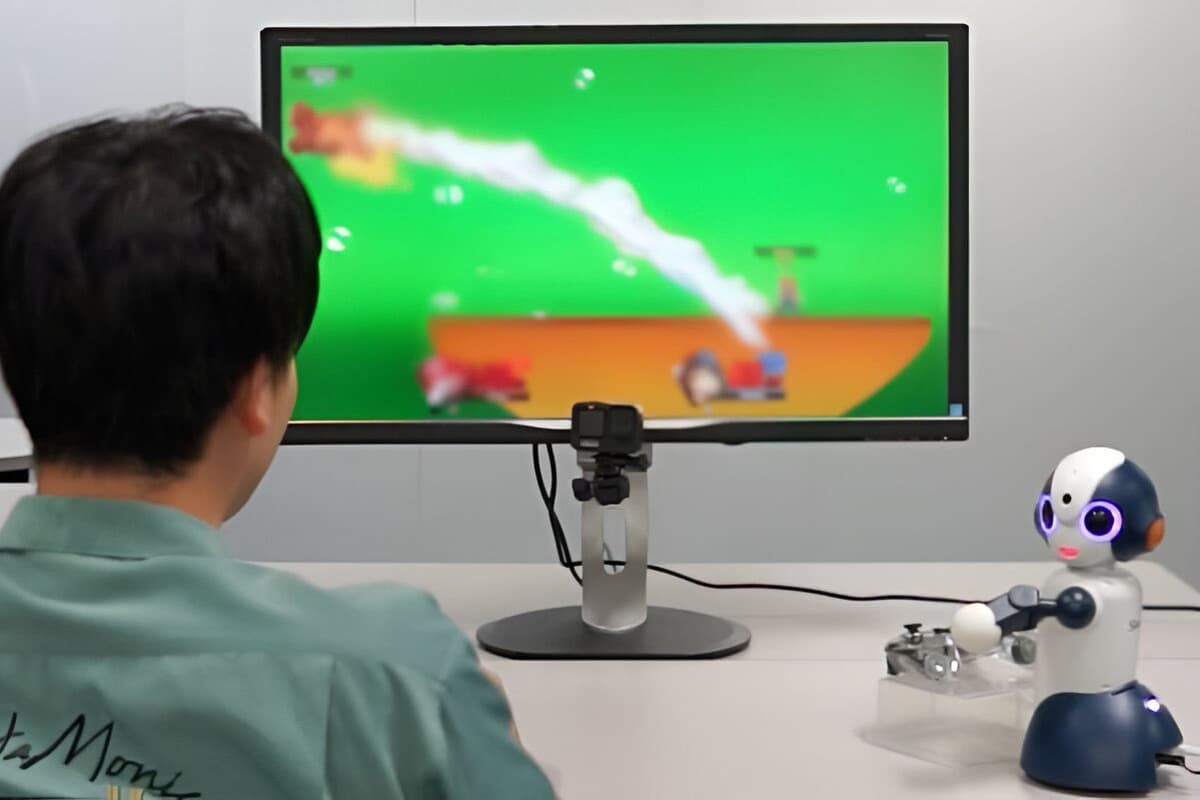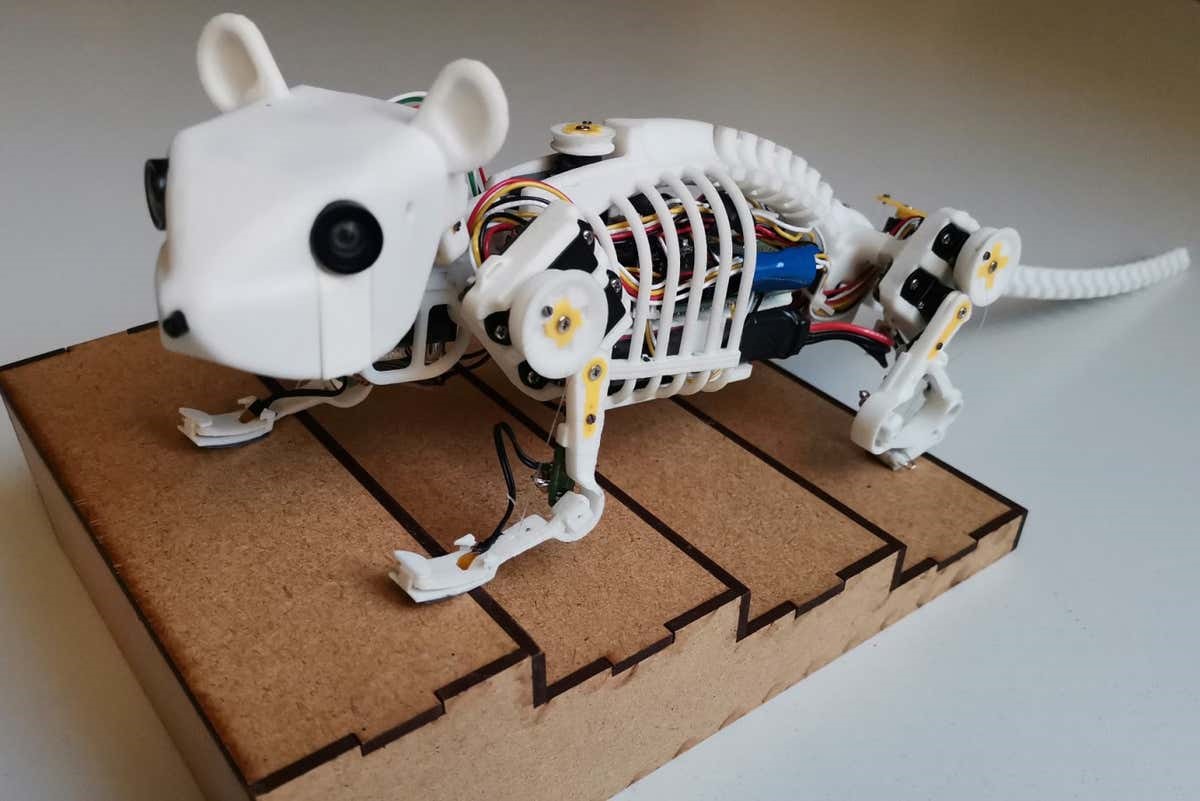The Future of Environmental Monitoring with Plant-Inspired Robotics
In the quest to collect vital climate change data from inhospitable and hard-to-reach locations, researchers Suyi Li and Ian Walker are pioneering a novel approach—using the principles of origami and insights from the plant kingdom to develop adaptable and resilient robotic systems. Their four-year, $840,000 grant from the National Science Foundation aims to revolutionize environmental monitoring by creating robots capable of thriving in unpredictable and challenging conditions over extended periods.

Figure 1. Plant-Inspired Robot. (Credit: Alex Parrish/ Virginia Tech)
Figure 1 shows (From left) Graduate researcher Vishrut Deshpande and Associate Professor Suyi Li inspect a plant-inspired robot prototype.
Origami-inspired Robotics for the Wild
Traditional robotics often struggle when faced with the unpredictability of nature and the constraints of long-term deployments. Li's expertise in applying origami principles to soft robotics, combined with Walker's two-decade experience in biologically inspired robotics, forms the foundation of their groundbreaking work.
The team is not creating literal robot plants; instead, they are translating durable natural mechanisms into mechanics that adapt and respond to environmental changes. Inspired by plant behaviors such as sunflower-like solar tracking, venus flytrap-like opening and closing, and adaptive attachment like vines winding around trees, Li and Walker aim to mimic these actions in their robotic designs.
Accordion-like Trunks and Bio-inspired Electronics
Li's group will leverage origami engineering to craft accordion-like robotic trunks that can unfold and self-lock. Paired with Walker's expertise in bio-inspired electronics, these trunks will form durable containers capable of responding dynamically to the challenges of outdoor environments.
To sense environmental changes, the team will draw inspiration from tree leaves and needles. Extensions equipped with devices for real-time monitoring will feed information into the trunk's electronics, guiding the robot's adaptive actions. This could include light sensors mimicking sunflowers and bio-inspired needles that interact with the environment, pushing aside obstacles for effective monitoring.
Powering the Future: Mimicking Plant Energy Harvesting
Powering robots in remote and challenging environments is a critical hurdle. Li and Walker's team is exploring energy harvesting methods inspired by real plants to keep the robots running without the need for frequent battery changes. By adopting novel harvesting approaches with low energy consumption, the researchers aim to ensure continuous operation over extended periods.
Tailored Solutions for Varied Monitoring Needs
Recognizing that different monitoring tasks require different operational durations, the team plans to tailor each plant-inspired robot's approach accordingly. Whether measuring long-term pollution levels or capturing rare animal sightings, the robots will be designed to adapt to the specific challenges of their missions.
A Vision for the Future: Adaptable Robots for Environmental Protection
Ultimately, Li and Walker aspire to develop a new breed of robots capable of safeguarding our environment over months and years. These robots would monitor both slow-changing processes, such as temperature and humidity, and rapidly occurring events like wildfires. By allowing robots to grow and adapt with their surroundings, especially in dynamic environments like coral reefs and forests, this innovative approach could revolutionize how we study and monitor remote regions, ushering in a new era of sustainable environmental exploration.
Source: Virginia Tech
Cite this article:
Hana M (2023), The Future of Environmental Monitoring with Plant-Inspired Robotics, AnaTechMaz, pp. 16















